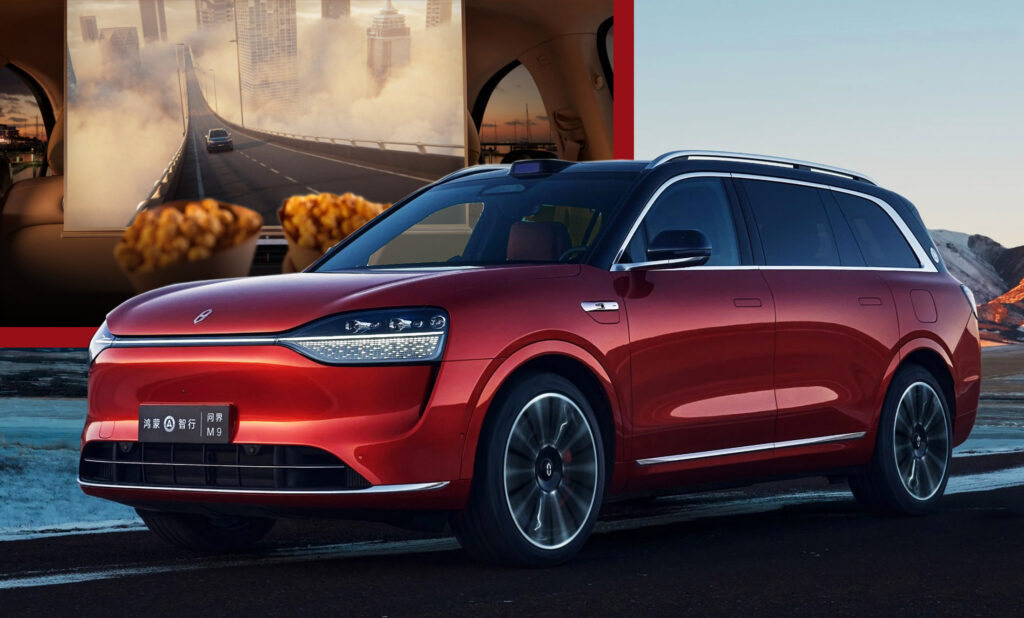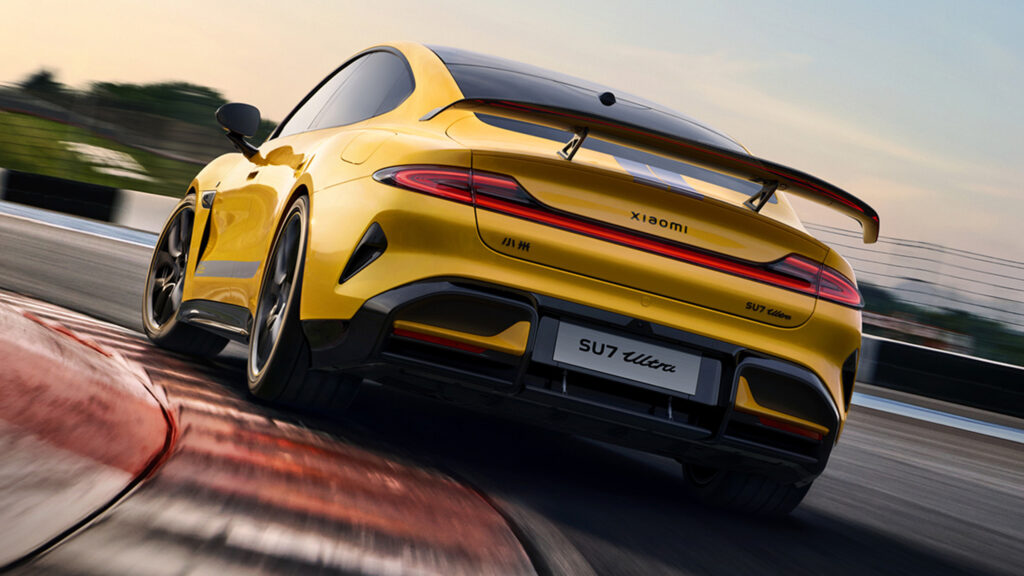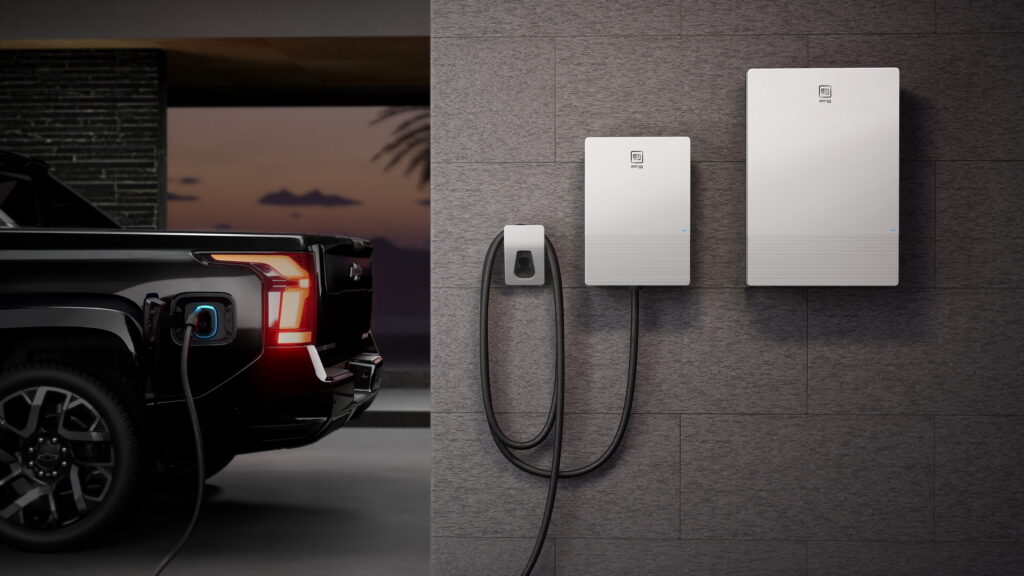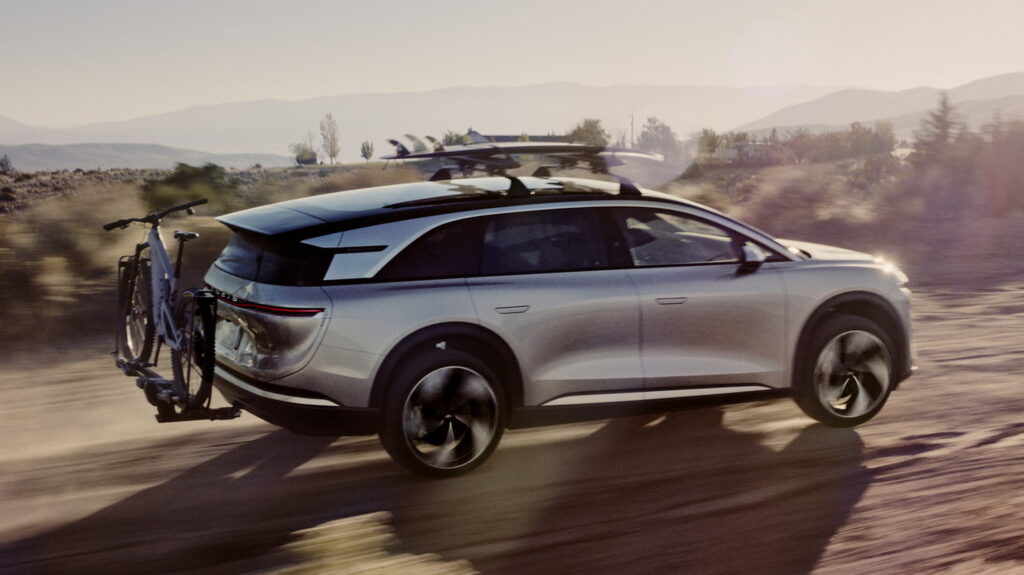China’s $10K Seagull Becomes The $26K Dolphin Surf For Europe

- BYD has launched its budget Seagull hatch in Europe as the Dolphin Surf.
- The tiny EV costs from €22,990-30,990 and easily outruns a Dacia Spring.
- Special offer until the end of June cuts price of the base car to just €19,990.
Seagulls have a nasty reputation for swooping in and stealing your lunch, and BYD’s Seagull has its eyes on Western carmakers’ slice of the budget EV market pie. Renamed the Dolphin Surf for its launch in Europe, the sub-Dolphin-sized electric city car is nowhere near as cheap as it is in China, where it costs around $10,000, but it’s well priced, well equipped and is sure to cause the likes of Fiat and Citroen a major headache.
The 3,990 mm (157.1 inches) Dolphin Surf is on sale in Germany now priced at €22,990-30,990 ($26,100-35,100), but a launch promotion drops the entry price to €19,990 ($22,700) until June 30, putting it well below the €23,300 ($26,400) starting price of a Citroen e-C3.
More: BYD’s SUV Rips Off Genesis So Hard You’ll Do A Double Take
Even at the discounted price, the BYD is more expensive than Dacia’s base Spring, which starts at €16,900 ($19,200), but you pay a price for saving on the price. The Romanian car is much slower and much stingier on the gadget count, not even featuring a screen and taking 19.1 seconds to reach 62 mph (100 km/h).
All three Dolphin Surf trims – Active, Boost, Comfort – get a 10.1-inch touchscreen and heated and electrically adjustable mirrors. Step up to the €26,990 ($30,600) Comfort and you add rain-sensing wipers, bigger (16-inch) wheels and a power driver’s seat. Top-spec Comfort goes two steps further, bringing a 360-degree camera system, wireless phone charging, heated seats, LED lights and electrically folding mirrors.
Powertrain and Range
Power, range and charging speeds vary between those trims. The Active and Boost get an 87 hp (88 PS / 65 kW) motor, but the cheaper car has a tiny 30 kW LFP battery and slow 65 kW max charge rate. Boost features a 43.2 kW power pack and can charge at 85 kW (both take 30 mins to go from 30-80 percent), but because the Active is lighter it gets to 62 mph in 11.1 seconds instead of 12.1 seconds.

Comfort sticks with the same BYD Blade battery and charge speed as the mid-spec Boost, but pairs it with a 154 hp (156 PS / 115 kW) motor that drops the 62 mph sprint to 9.1 seconds. It also drops the range, but by exactly how much isn’t very clear.
Also: Dacia’s Practically Giving Away The Spring EV At €79 A Month With No Downpayment
BYD is only quoting WLTP urban figures for now rather than the WLTP combined figures that are more useful when making comparisons with other EVs, though UK’s Auto Express reckons the three models return 137, 200 and 193 miles (221, 322, 311 km) combined.
The first cars will be shipped from China, but eventually BYD will build the Dolphin Surf at its new plant in Hungary. Europe’s carmakers, including Stellantis and VW are all working on even more affordable EVs, and looking at what BYD is offering here, they can’t afford to get it wrong.







































